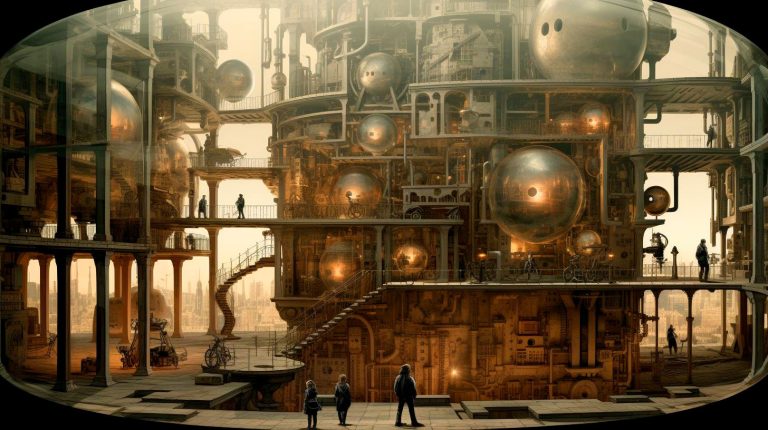Through its ability to capture intricate details, photography plays a crucial role in enhancing our understanding of the world around us.
Photography enables us to observe and document the smallest of details, oftentimes invisible to the naked eye. By magnifying the intricacies of the natural world, it helps to uncover hidden patterns and phenomena. This has proven to be invaluable in scientific research and education. Let’s explore the ways in which photography has revolutionized scientific learning:
Visual Documentation:
The power of visual representation cannot be overstated. Photography allows scientists to document their observations with precision and accuracy. High-resolution images can capture even the tiniest of details, providing a comprehensive visual record for reference and analysis. This enables researchers to compare findings, share knowledge, and collaborate effectively.
Key takeaway: Photography serves as an irreplaceable visual documentation tool in scientific research, enabling accurate record-keeping and analysis.
Microscopic Observations:
Exploring the microscopic world has always fascinated scientists. With the advent of photography, this fascination has been taken to new heights. Microphotography, the practice of capturing images through microscopes, has become an integral part of scientific education. Through highly detailed images, students are able to observe and understand cellular structures, microorganisms, and intricate biological processes.
Key takeaway: Microphotography allows students and researchers to explore the microscopic world, enhancing their understanding of complex biological systems.
Environmental Studies:
Photography serves as a powerful tool in environmental studies, enabling researchers to document and analyze changes in ecosystems over time. By capturing images of landscapes, flora, and fauna, scientists can monitor the effects of climate change, habitat destruction, and pollution. These visual records provide valuable insights into the impact of human activities on the environment and help in formulating conservation strategies.
Key takeaway: Photography aids in assessing and understanding the impact of environmental factors on ecosystems, contributing to the development of effective conservation measures.
Astronomical Discoveries:
The vastness of the universe has always intrigued humanity. Photography has played a pivotal role in advancing our knowledge of the cosmos. Through astrophotography, scientists are able to capture breathtaking images of celestial bodies, galaxies, and astronomical events. These images not only inspire awe but also contribute to astronomical research. They help scientists study the composition, movement, and evolution of celestial objects, unraveling the mysteries of our universe.
Key takeaway: Astrophotography allows us to explore the wonders of the cosmos and enhances our understanding of the universe.
In conclusion
Photography’s impact on scientific education cannot be overlooked. Its ability to capture intricate details and document observations has revolutionized various scientific disciplines. From visual documentation to microscopic observations, environmental studies to astronomical discoveries, photography plays a crucial role in enhancing our understanding of the natural world. By combining art with science, photography allows us to observe and appreciate the beauty and complexity of the universe we inhabit.
The art of observation, through the lens of a camera, opens up new realms of knowledge and drives scientific progress.



















+ There are no comments
Add yours